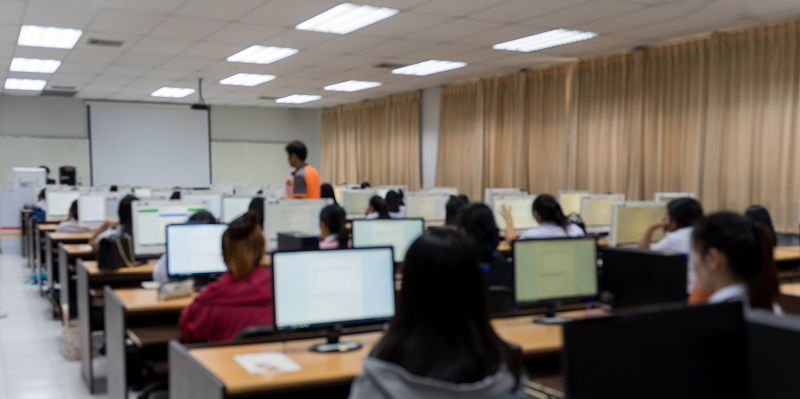The National Student Clearinghouse has recently revealed that a staggering number of nearly 900 educational institutions have been impacted by the devastating MOVEit hack. This attack, orchestrated by a ransomware group, exploited a zero-day vulnerability within the widely used MOVEit managed file transfer software, leading to a massive data breach. The scale of the breach is daunting, with over 2,053 victims identified as of September 22, impacting more than 57 million individuals. This article delves into the scope of the hack, its impact on educational institutions, and the broader implications for major organizations and government agencies.
Scope of the Hack
The National Student Clearinghouse has played a critical role in shedding light on the far-reaching implications of the MOVEit hack. Among the affected institutions, nearly 900 colleges and universities relying on their services have fallen victim to the breach. Additionally, various other organizations and individuals have suffered the consequences of this hack, as the ransomware group exploited a zero-day vulnerability within MOVEit’s managed file transfer software to gain unauthorized access to sensitive information.
Impact on Educational Institutions
The National Student Clearinghouse wasted no time in informing relevant authorities about the devastating impact this breach has had on educational institutions. They swiftly notified the California Attorney General’s office, detailing the scope of the damage sustained by colleges and universities in the state. Similarly, Maine’s Attorney General was informed that over 51,000 individuals from educational institutions within the state were affected by the MOVEit hack.
Timeline of the Hack
The MOVEit server was initially compromised in late May, but the theft of specific files containing student information was only uncovered on June 20. This delay in detection allowed the malicious actors to potentially access and exfiltrate sensitive data for almost a month, exacerbating the ramifications of this brazen cyberattack.
Compromised Information
The information at risk as a result of this hack is deeply personal and spans a wide range of identifiers. Names, birth dates, contact details, social security numbers, and school-related records have all been exposed to unauthorized access and exploitation. This puts affected individuals at a serious risk of identity theft, financial fraud, and other potential repercussions arising from the exposure of their personal data.
Notable Affected Organizations
The MOVEit hack has extended its reach beyond educational institutions, impacting major organizations and government agencies as well. The US Department of Energy, a critical entity responsible for national security and energy infrastructure, was among the victims of this breach. Moreover, Norton’s parent company, which specializes in cybersecurity solutions, was also targeted by this audacious attack. The fact that these tech-savvy institutions were compromised underscores the severity and sophistication of the MOVEit hack.
Other Affected Entities
Beyond the education and cybersecurity sectors, other entities have also fallen prey to this cyber onslaught. For instance, the French unemployment agency, Pole Emploi, responsible for managing the nation’s unemployment benefits, suffered a breach exposing the confidential details of numerous individuals. The Colorado Department of Health Care Policy and Financing, tasked with overseeing vital healthcare programs in the state, also experienced a breach. Additionally, Maximus, a global provider of human and health services, was another organization that inadvertently exposed the personal information of millions.
Wide-Ranging Impact
The MOVEit hack has made it abundantly clear that its impact extends far beyond educational institutions. Government agencies, major organizations, and even cybersecurity industry leaders have been left grappling with the consequences of this breach. This incident serves as a stark reminder that no entity is immune to the ever-looming threat of cyberattacks, and that the potential consequences can be devastating.
The MOVEit hack has left nearly 900 educational institutions reeling as their sensitive student information fell into the hands of cybercriminals. The breadth of this breach is alarming, with over 57 million individuals affected. Meanwhile, major organizations, government agencies, and even cybersecurity firms have also felt the shockwaves of this audacious attack. This incident serves as a wake-up call for all entities to bolster their cybersecurity measures, recognize the evolving threat landscape, and implement robust strategies to safeguard sensitive data in an increasingly interconnected world.

